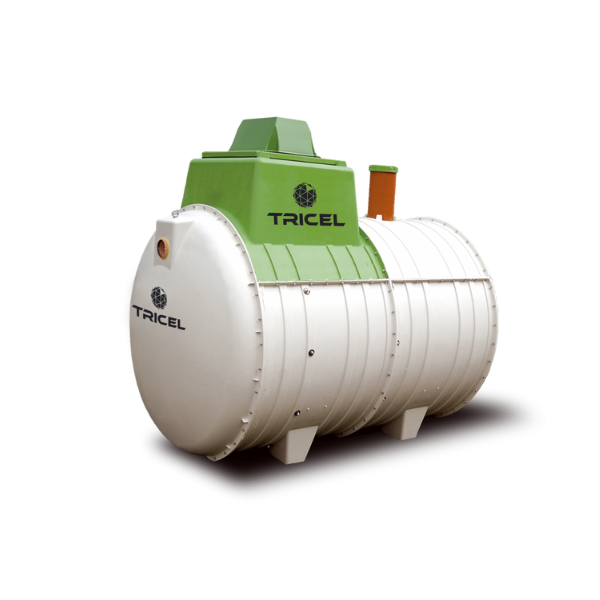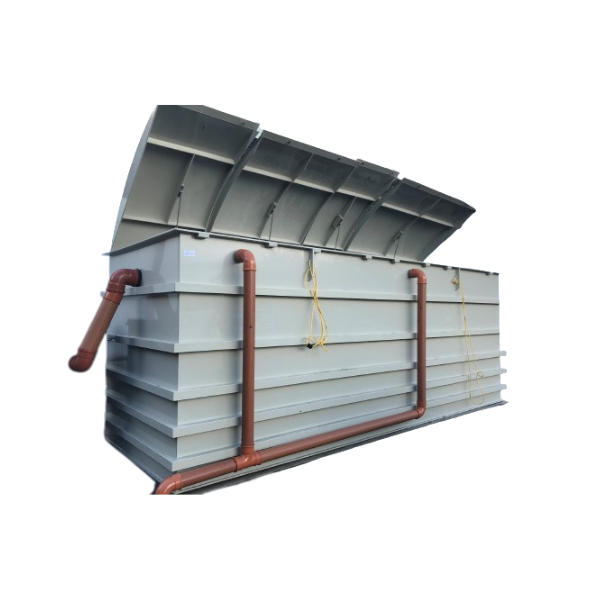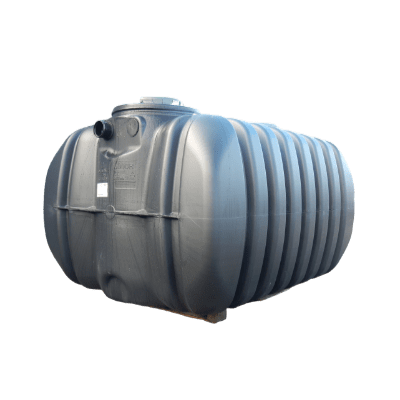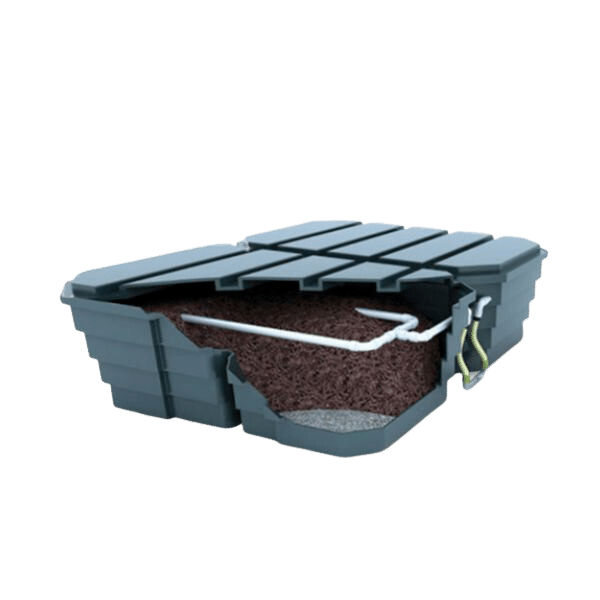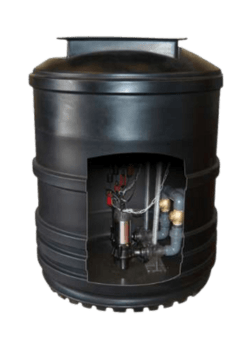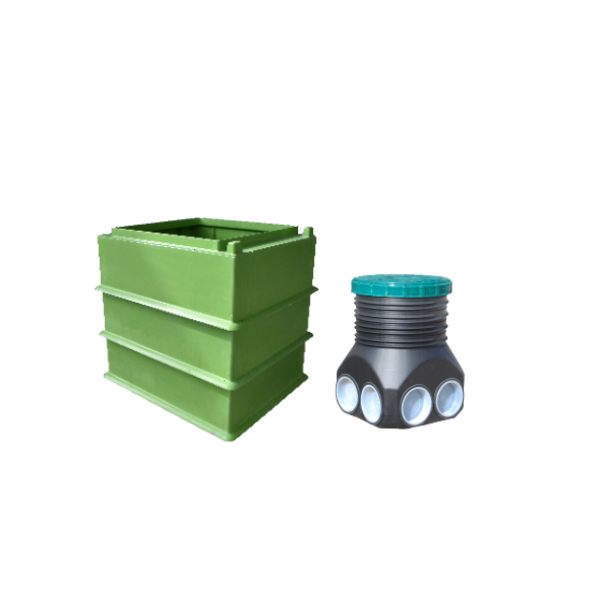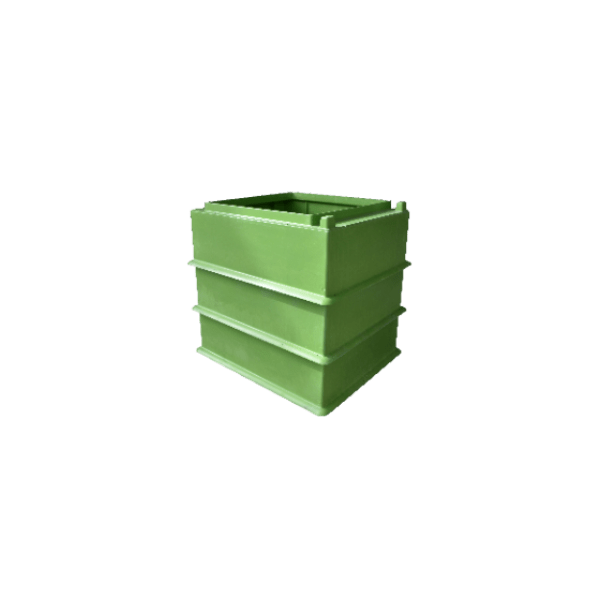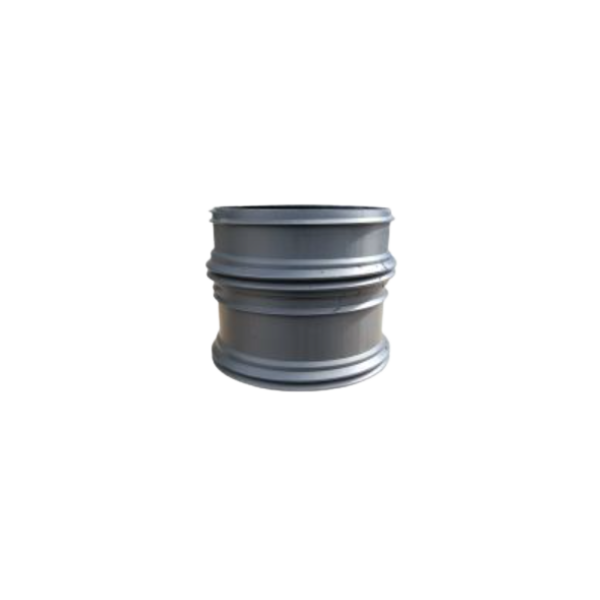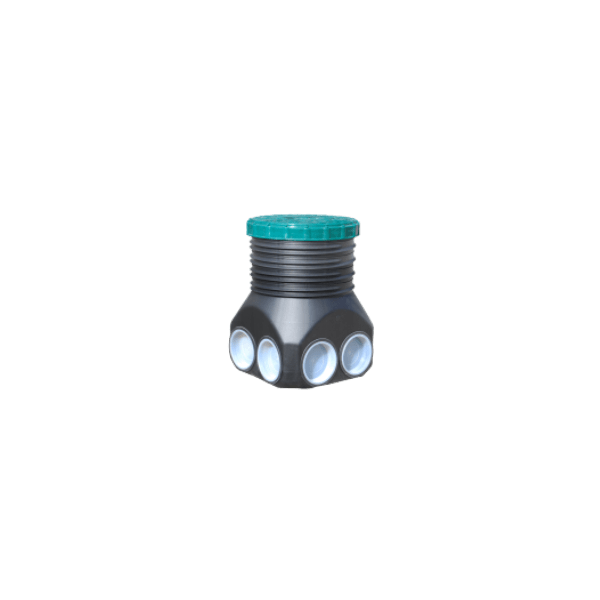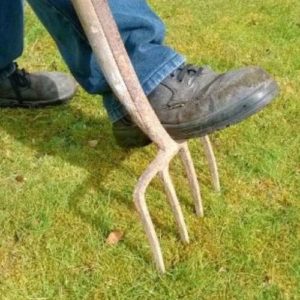SEWAGE TREATMENT
What Is A Percolation Test?
OVERVIEW
What is a percolation test?
A percolation test is required to determine whether drainage field is possible.
If the soil is suitable, a percolation test will then decide how large your drainage field will need to be.
Percolation tests
It is crucial that a percolation test gets carried out if you are thinking of installing a new drainage field or replacing an existing one to avoid any future soakaway problems.
However, the percolation test is only the last of the three mandatory tests which assess your site:
- First, you must ensure that your site is not in one of the Groundwater Source Protection Zones. It is essential to protect those groundwater sources from contamination as they supply up to 80% of public drinking water in some areas of England.
- Secondly, you have to run the Trial Site Assessment Hole (TSAH) to determine the position of the groundwater table. The tests are part of the British Standards BS 6297:2007. See also the General Binding Rules: small sewage discharge to the ground of the Environment Agency.
- Thirdly, the percolation test, as outlined, is required.
It’s important to note that it is not recommended to carry out the percolation test during abnormal weather conditions such as heavy rain or drought as this will skew any results with unusual groundwater levels.
If you have any questions, feel free to call us
How to perform a percolation test?
Please note that the test will differ depending on whether the soakaway will be for foul water or surface water drainage.
Below we outline how to perform a percolation test for foul water.
- A percolation test requires at least two test pits.
- Locate the test pits where you are planning to install the drainage field.
- Dig to the planned depth below ground. Dig the test holes, 300mm square to a depth at least 300mm below the required invert level of the infiltration pipe.
- Once dug, you should fill them with water. If, after six to twelve hours, the water has not drained away, the percolation test has failed.
How do you perform a percolation test?
If the percolation has succeeded, fill the pits again with water and measure the time taken for the water to drop from 3/4 full (225mm) to 1/4 full (150mm) then divide this time by 150.
The answer gives the average time in seconds (Vp) required for the water to drop 1mm. You have to repeat this percolation test three times in each pit.
How to calculate the required surface area for a drainage field?
With the previous result (Vp), you can now calculate how much surface area you need to house your drainage field:
Vp = The speed at which the water in the test holes percolates through the soil.
- Any result between 15 and 100 seconds means that the ground should be suitable.
P = The maximum number of persons that the tank or plant is designed to serve
- Area (A) = Vp X P X 0.20 – for sewage treatment plants
- Area (A) = Vp X P X 0.25 – for septic tanks
The result (A) will be the area in m2 required for the drainage field. Our installer will perform further calculations to find out the length of pipes required.
How does a soakaway system work?
A soakaway system (or drainage field) discharges the effluent from septic tanks and sewage treatment plants to ground.
It is a series of perforated pipes placed in trenches and arranged so that the effluent disperses through the ground for further treatment. This way, there is no risk of contamination.
The solids from the sewage sink to the bottom of your septic tank, or packaged treatment plant, and get removed when the tanks are emptied periodically. Licensed waste disposal companies do provide this maintenance service in the UK if you need it.
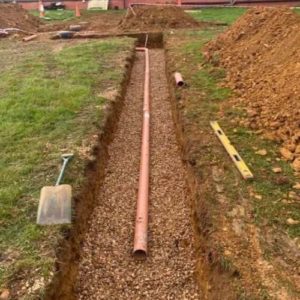
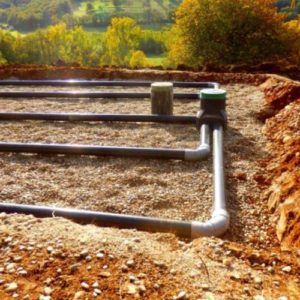
Why is the type of soil of my property so important?
The type of soil of your property has an impact on the correct functioning of the soakaway system.
Indeed, if it is too saturated or too dry, the effluent will not be able to trickle through the ground as it should and thus will not get treated enough.
For example, soil which is mostly clay based is usually not suitable for a drainage field, as it is not porous and won’t allow the effluent to pass through it. Blue clay is quite common in the UK.
Likewise, fine sandy soil is going to drain water away much faster, which might prevent adequate treatment.
Furthermore, drainage field do not get installed under driveways, parking areas, buildings or near trees, dwellings, boundaries, rivers and streams.
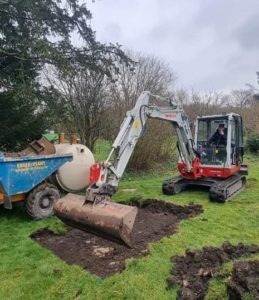
If you need it, British Water has nicely summarised all the previous information in a very well put together a short guide.
Call us or drop us a message if you need any help with the paperwork involved with a percolation test.
Once you have recorded the results of your percolation test on this form, please send it to us along with the Environment Agency Consent to Discharge. You will then be able to install your new sewage treatment plant or septic tank.
Frequently Asked Questions
For treated water from a sewage treatment plant is it possible to discharge into a running watercourse or a adequately sized drainage field.
Water from a septic tank must only be discharged into an adequately sized drainage field and is not suitable to discharge into a watercourse.
During the site assessment, this can be determined by digging a trial hole and leaving it open for 48 hours. This determines the water level.
Key features

Cost-Effective
Operating costs are reduced to
a minimum

quality
Sewage treatment plants are extremely reliable and durable as they are made out of long-lasting materials (20 to 40 years)

Certified
All Tricel Novo sewage treatment plants are tested to the highest quality standards and are EU Certified to EN12566-3
50 YEARS IN BUSINESS
A highly successful multinational corporation with over 50 years’ valuable industry experience
SEWAGE TREATMENT PLANTS
Plants available for all capacities, from 1PE up to 50PE. Free advice on request.
FAST DELIVERY
On-time delivery is a core requirement of our successful business operations
Get in touch
